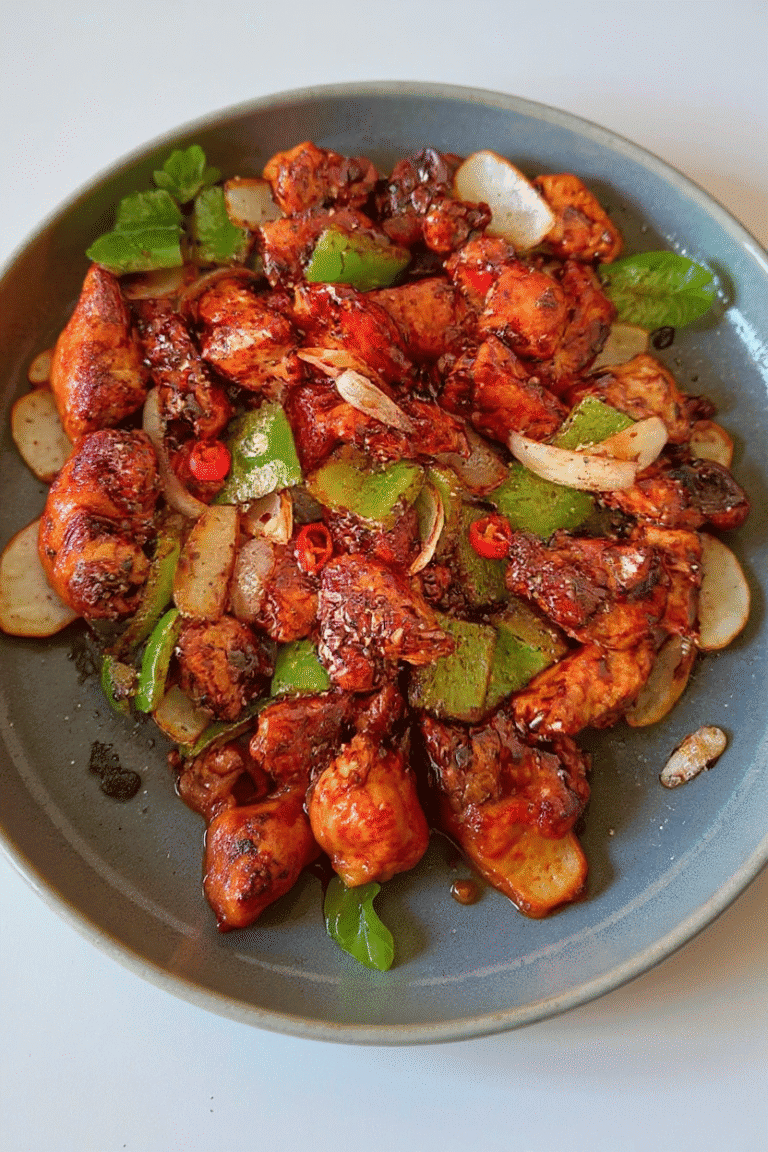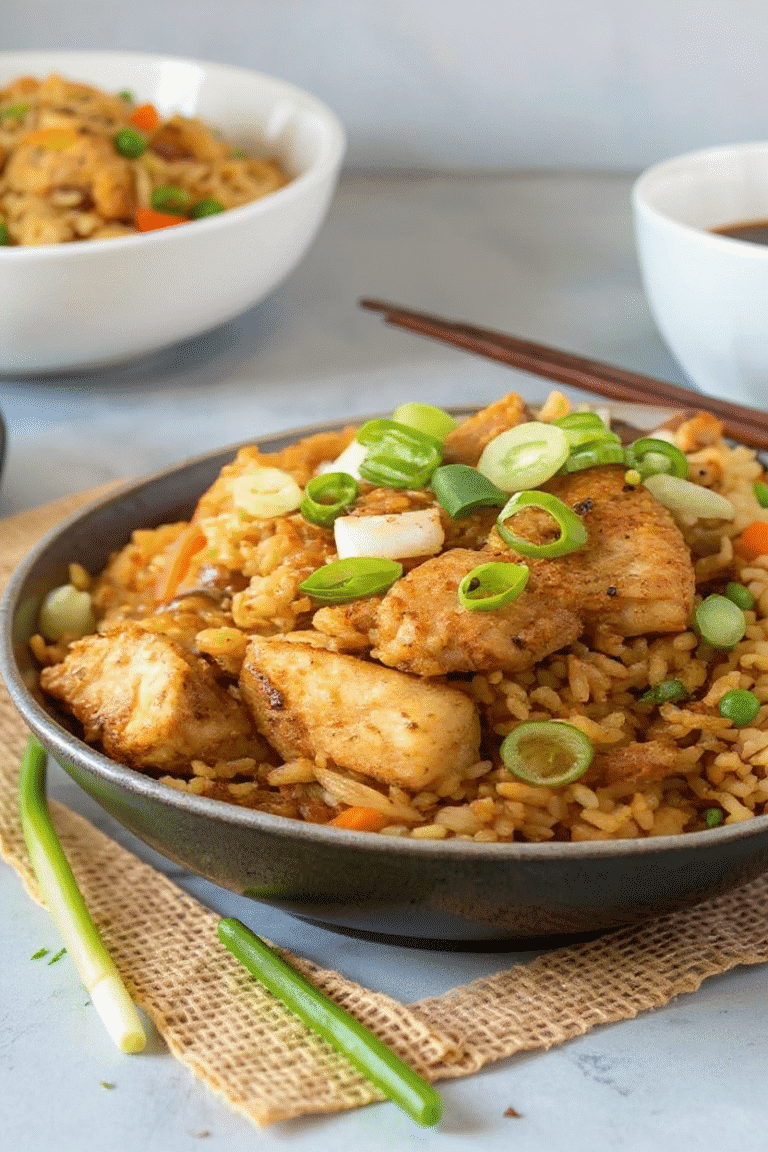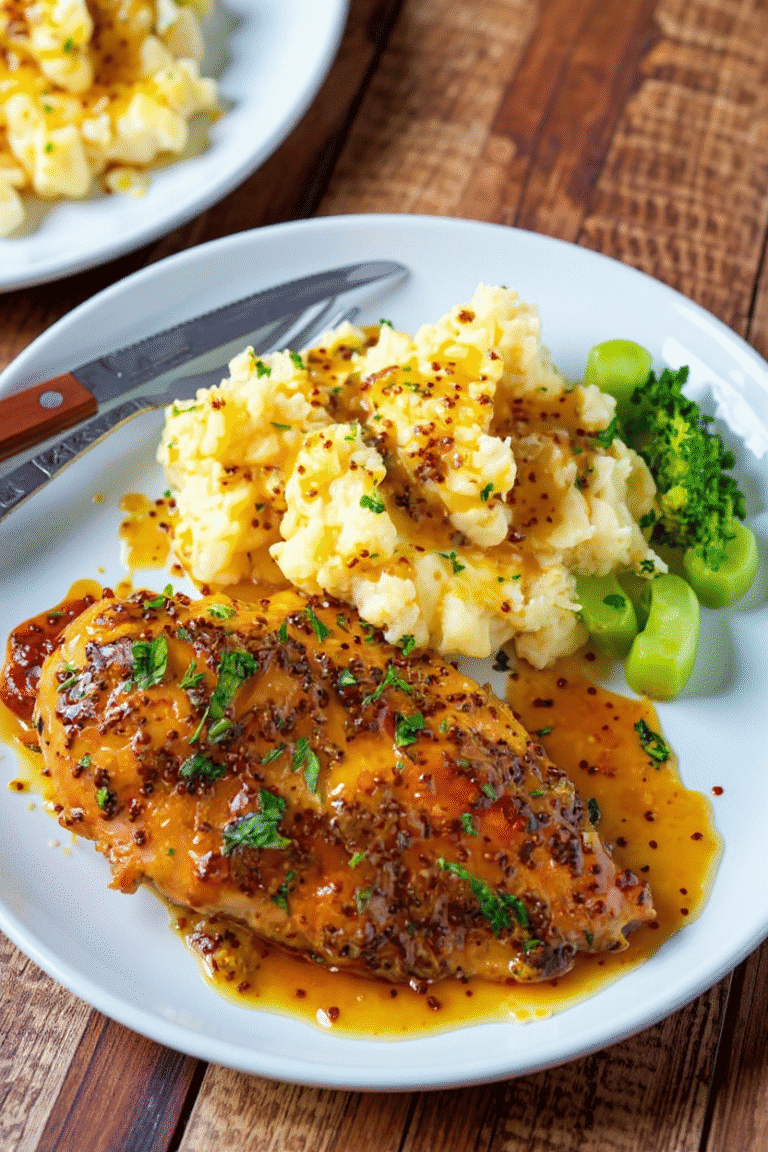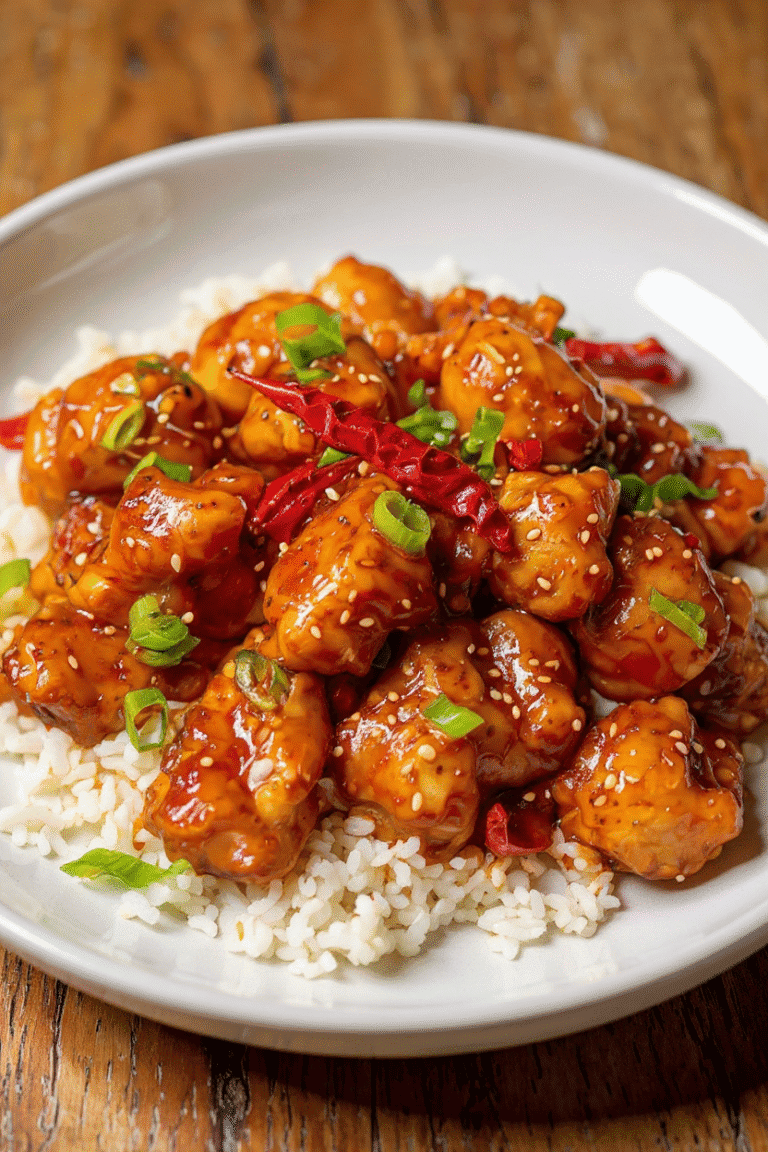Wonderful recipes using rhubarb – Delicious & Easy!
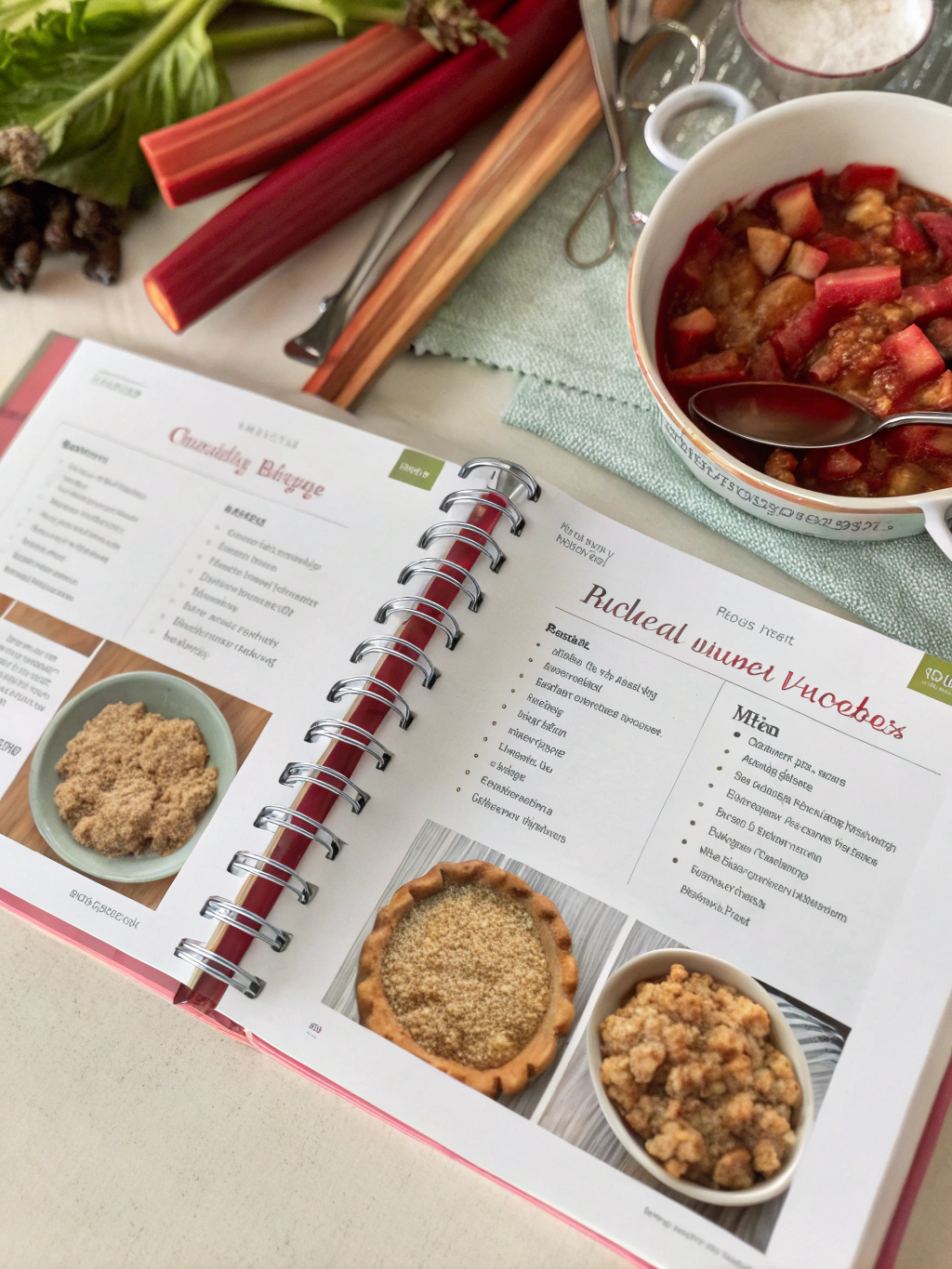
Do you ever find yourself gazing at those vibrant pink and green stalks of rhubarb, wondering what delicious magic you can conjure with them? Perhaps you remember a grandparent’s delightful rhubarb crumble, or maybe you’re new to this wonderfully tart vegetable (yes, it’s technically a vegetable!) and eager to explore its potential. Well, you’re in the right place! We’re here to guide you through a world of incredible recipes using rhubarb, transforming this humble plant into show-stopping desserts, tangy preserves, and even surprising savoury dishes.
Table of Contents
Getting to Know Rhubarb: Nature’s Tart Treasure
Before we dive into the delicious recipes, let’s get better acquainted with rhubarb. Those beautiful crimson stalks, often mistaken for fruit due to their common use in desserts, bring a unique tartness that balances sweetness perfectly. Understanding a bit about rhubarb will help us make the most of it in our kitchens.
When is Rhubarb in Season?
We eagerly await rhubarb season, which typically runs from April to June in the UK. ‘Forced’ rhubarb, grown in darkness, can appear as early as January, offering a more tender and delicately flavoured option. Field-grown rhubarb, available later in spring and early summer, tends to be more robust in flavour and texture. Using rhubarb when it’s in season means we get the best flavour and often the best price too!
Choosing and Preparing Your Rhubarb
When selecting rhubarb, we look for firm, crisp stalks. Avoid any that are limp or bruised. The colour can range from deep red to speckled pink and even green, and this doesn’t always indicate sweetness – all varieties offer that signature tang.
Important Note: Only the stalks of the rhubarb plant are edible. The leaves contain oxalic acid and are poisonous, so we must always remove and discard them completely before cooking.
To prepare rhubarb for our recipes:
- Thoroughly wash the stalks under cold running water.
- Trim off the tough base and remove all leaves.
- Depending on the recipe, we might chop the rhubarb into chunks (usually 1-2 inch pieces) or slice it more thinly.
Some older, tougher stalks might benefit from having the stringy outer layer peeled, but for most young, tender rhubarb, this isn’t necessary.
Classic Recipes Using Rhubarb
There are some rhubarb recipes that have truly stood the test of time, beloved for their comforting flavours and simple charm. These are often the first ones we think of when we have a bundle of fresh rhubarb, and for good reason!
The Quintessential Rhubarb Crumble
Is there anything more comforting than a warm rhubarb crumble? We think not! The combination of tart, tender rhubarb beneath a sweet, buttery, and crumbly topping creates a match made in heaven. Serve it with a dollop of creamy custard, a scoop of vanilla ice cream, or a splash of double cream for a truly indulgent treat.
A basic crumble starts with stewing chopped rhubarb with sugar, adjusting the sweetness to balance rhubarb’s natural tartness, and optionally adding a touch of ginger or orange zest for extra flavor. The topping consists of flour, butter, and sugar rubbed together until the mixture resembles coarse breadcrumbs. The assembled crumble then bakes until the fruit bubbles beneath and the topping develops a golden brown, crispy finish.
Perfect Rhubarb Pie
A classic rhubarb pie recipe is another stalwart of British baking. The tart rhubarb filling, encased in a buttery pastry, is simply divine. Some like their rhubarb pie pure and unadulterated, while others enjoy adding strawberries for a popular “strawberry rhubarb pie” variation, where the sweetness of the strawberries beautifully complements the rhubarb’s sharpness. We find that a lattice top not only looks beautiful but also allows steam to escape, preventing a soggy bottom.
Simple and Elegant Rhubarb Fool
For a lighter, quicker dessert, a rhubarb fool is an excellent choice. This involves stewing rhubarb until soft and pulpy, then sweetening it and folding it gently into whipped cream. The contrast of the sharp fruit puree with the rich, airy cream is delightful. We love serving it chilled in individual glasses, perhaps with a shortbread biscuit on the side. This is one of the easiest easy rhubarb desserts to whip up.
Adventurous Rhubarb Creations: Beyond the Crumble
While we adore the classics, rhubarb’s versatility extends far beyond crumbles and pies. Let’s explore some other exciting recipes using rhubarb that showcase its unique flavour in different ways.
Homemade Rhubarb Jam or Compote
Making a rhubarb jam recipe is a fantastic way to preserve the taste of spring and summer. It’s surprisingly easy to make, typically involving rhubarb, sugar, and perhaps a little lemon juice for pectin and flavour. We find that adding spices like ginger or star anise can elevate the jam to new heights. A rhubarb compote is similar but usually less sweet and cooked for a shorter time, perfect for spooning over yoghurt, porridge, or even serving alongside savoury dishes like pork.
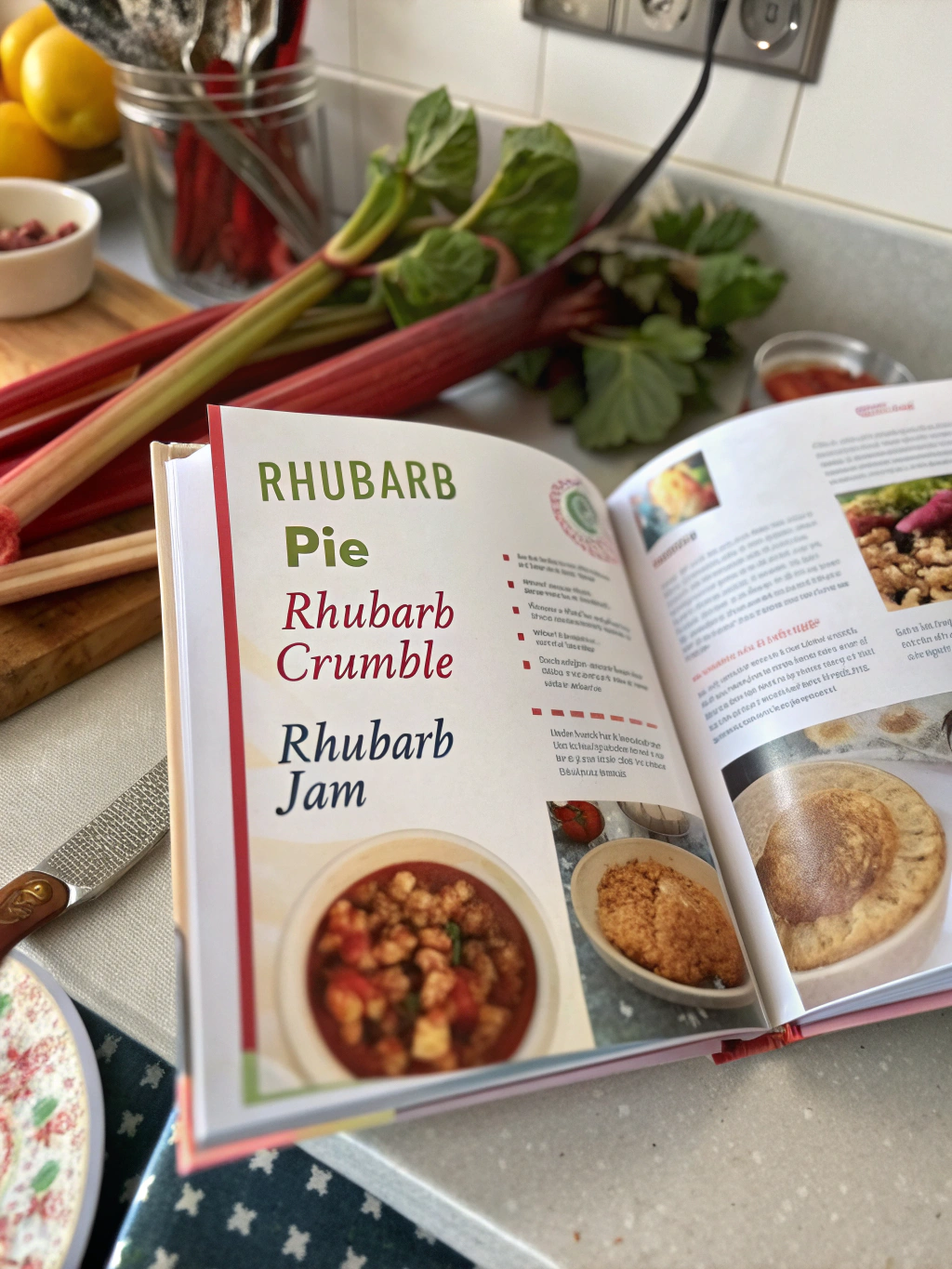
Above, you can see some typical ingredients we might gather for our rhubarb adventures, including those vibrant stalks, sugar, and perhaps some flavour enhancers.
Tangy Rhubarb Chutney
Rhubarb also shines in savoury applications, and a tangy rhubarb chutney is a prime example. Cooked slowly with vinegar, sugar, onions, and spices like ginger, mustard seeds, and chilli, rhubarb transforms into a complex, flavourful condiment. This chutney pairs wonderfully with cheeses, cold meats, and curries, adding a zesty kick. It’s a fantastic way to use up a glut of rhubarb and makes for lovely homemade gifts.
Refreshing Rhubarb Drinks
Don’t forget beverages! Rhubarb can be used to create wonderfully refreshing drinks.
- Rhubarb Cordial or Syrup: Simmer rhubarb with sugar and water, then strain to create a vibrant pink syrup. We mix this with sparkling water for a refreshing spritzer, or use it as a base for cocktails.
- Rhubarb Gin or Vodka: Infuse rhubarb stalks in gin or vodka for a few weeks to create a beautifully hued and flavoured spirit. Perfect for a unique G&T!
- Rhubarb Smoothies: A small amount of cooked and cooled rhubarb can add a lovely tartness to fruit smoothies.
Rhubarb in Savoury Dishes
While less common, rhubarb can add an exciting tart counterpoint in savoury dishes. We’ve seen it used:
- As a sauce or compote alongside fatty meats like pork belly or duck.
- Chopped into salads for a surprising burst of tartness (use sparingly!).
- Pickled, to serve as a condiment.
Experimenting with fresh rhubarb recipes in savoury contexts can lead to some truly memorable meals.
Watch: Easy Rhubarb Recipe Ideas
For some visual inspiration and more fantastic ideas on how to use this versatile ingredient, we recommend watching this helpful video. It offers some clear, beginner-friendly approaches to cooking with rhubarb:
A Favourite Recipe: Simple Rhubarb and Ginger Crumble
We couldn’t talk about recipes using rhubarb without sharing a beloved favourite. Here’s our go-to for a simple yet delicious Rhubarb and Ginger Crumble.
Ingredients:
- For the filling:
- 500g rhubarb, trimmed and chopped into 2cm pieces
- 100g caster sugar (or to taste)
- 1 tbsp stem ginger syrup (from a jar of stem ginger)
- 2 balls of stem ginger, finely chopped
- For the crumble topping:
- 175g plain flour
- 100g cold unsalted butter, cubed
- 75g demerara sugar (plus extra for sprinkling)
- Optional: 50g rolled oats or chopped nuts for extra crunch
Instructions:
- Preheat your oven to 190°C (170°C fan/Gas Mark 5).
- Prepare the filling: In an ovenproof dish (around 1.5-litre capacity), combine the chopped rhubarb, caster sugar, stem ginger syrup, and chopped stem ginger. Mix well.
- Prepare the crumble topping: Combine the plain flour and cold cubed butter in a large bowl. Using your fingertips, mix the butter into the flour until the mixture resembles coarse crumbs., breadcrumb-like pieces. For quicker preparation, pulse the ingredients briefly in a food processor instead.
- Stir in the demerara sugar and the optional oats or nuts.
- Evenly distribute the crumble topping over the rhubarb mixture in your baking dish.. Add a light dusting of extra demerara sugar on top for enhanced crispiness.
- Bake: Transfer the assembled crumble to your preheated oven and Bake for 36-46 minutes, until the topping achieves a golden brown color and the rhubarb filling can be seen bubbling at the edges of the dish.
- Serve: Let the crumble rest for 5-10 minutes before serving to allow the filling to settle slightly. Serve warm alongside custard, cream, or ice cream for the perfect finish.
This crumble is a real crowd-pleaser! If you enjoy fruit-based bakes, you might also like to explore other options like an Applesauce Cake Recipe, which offers a different kind of fruity comfort. And for those with a sweet tooth who love experimenting with different textures and flavours in their desserts, why not also check out inspiration from unique treats like the Crumbl Cookie Recipe phenomenon?
Top Tips for Cooking with Rhubarb
- Balancing Tartness: Rhubarb is naturally very tart. The amount of sugar needed will vary depending on the rhubarb itself and your personal preference. Taste and adjust as you go. Honey, maple syrup, or agave can also be used as sweeteners.
- Flavour Pairings: Rhubarb pairs beautifully with ginger, orange, vanilla, cinnamon, and strawberries. Don’t be afraid to experiment!
- Preventing “Mushiness”: If you want your rhubarb to hold its shape somewhat (e.g., for a pie where you want distinct pieces), try roasting it instead of stewing it, or cook it for a shorter time.
- Freezing Rhubarb: Rhubarb freezes very well. Simply chop it, lay it on a baking tray to freeze individually, then transfer to freezer bags. You can then use it from frozen in most recipes – you might just need to adjust cooking times slightly.
For more expert advice on preparing rhubarb, we recommend checking out resources like BBC Good Food’s guide on how to cook rhubarb.
Frequently Asked Questions (FAQ) about Recipes Using Rhubarb
- Is rhubarb a fruit or a vegetable?
- Botanically speaking, rhubarb is a vegetable. However, due to its tart flavour and common use in sweet dishes like pies and crumbles, it’s often treated as a fruit in culinary contexts (much like tomatoes!).
- Are rhubarb leaves poisonous?
- Yes, absolutely. Rhubarb leaves contain high levels of oxalic acid, which is toxic to humans and pets. Always remove and discard the leaves completely before preparing the stalks.
- Do I need to peel rhubarb?
- Generally, no. Younger, tender stalks don’t require peeling. If you have very mature, thick, or stringy stalks, you might want to peel off the tougher outer layer with a vegetable peeler. For most fresh rhubarb recipes, washing and trimming is sufficient.
- How much sugar should I use with rhubarb?
- This is largely down to personal preference and the tartness of your specific rhubarb. A common starting ratio for stewing rhubarb is about 1 part sugar to 4 parts rhubarb by weight, but always taste and adjust. Forced rhubarb often requires less sugar than field-grown.
- Can I use frozen rhubarb in recipes?
- Yes, frozen rhubarb works very well in most cooked recipes. You usually don’t need to thaw it before using, especially for crumbles, pies, or compotes, though you may need to extend the cooking time slightly.
- What flavours pair well with rhubarb?
- Rhubarb has a strong, tart flavour that pairs wonderfully with sweet and spicy notes. Classic pairings include ginger, strawberry, orange, vanilla, cinnamon, and star anise. It also works well with dairy, hence its popularity in fools and with custard.
- How do I stop my rhubarb from going too mushy?
- Overcooking is the main culprit. If you want rhubarb to retain some texture, cook it for a shorter time. Roasting rhubarb chunks tossed with a little sugar, rather than stewing, can also help them hold their shape better. For compotes or sauces where a softer texture is desired, longer cooking is fine.
Conclusion: Embrace the Tang!
We hope this journey through the world of recipes using rhubarb has inspired you to embrace this wonderfully versatile ingredient. From the comforting warmth of a classic crumble to the zesty surprise of a homemade chutney or refreshing cordial, rhubarb offers a unique flavour profile that can brighten up so many dishes.
So, next time you spot those vibrant stalks at the market or in your garden, don’t hesitate! Grab a bunch, remember our tips, and get creative in the kitchen. We encourage you to try one of the recipes we’ve shared or even develop your own signature rhubarb creation. Happy cooking, and enjoy the delightful tang of rhubarb!
What are your favourite ways to use rhubarb? Share your thoughts and ideas in the comments below – we’d love to hear from you!

